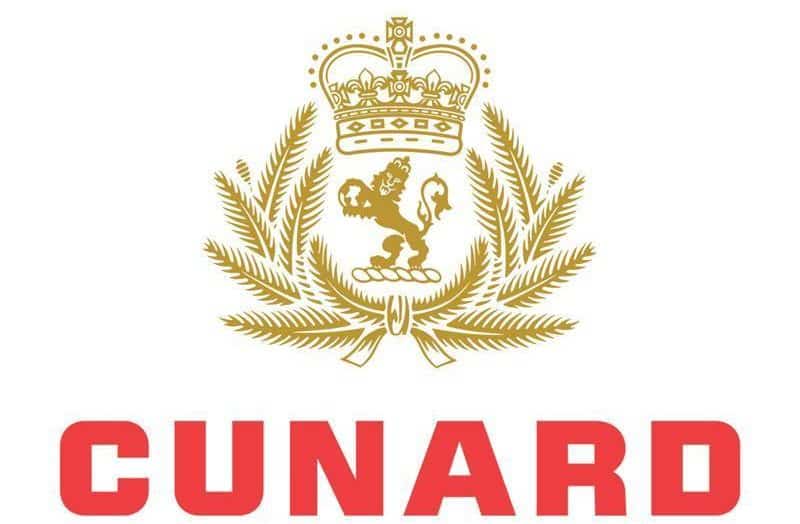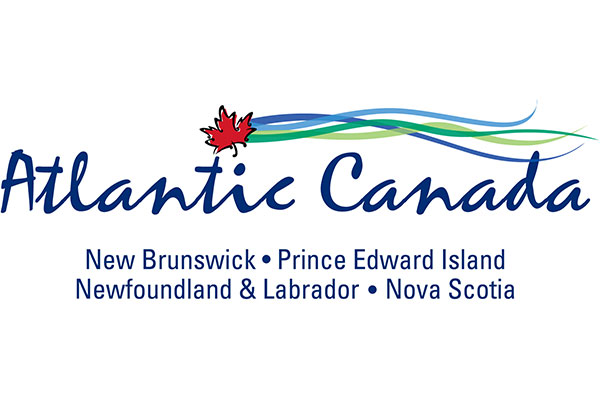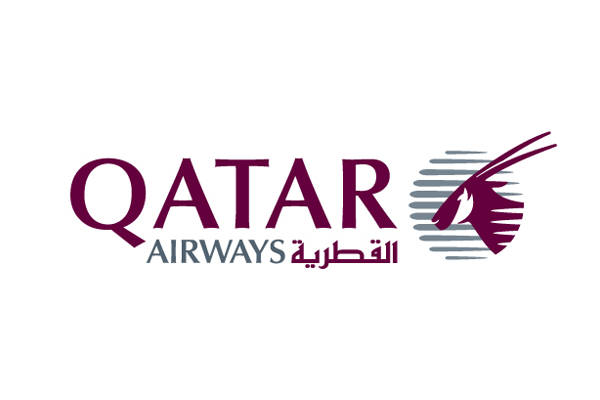PATA wants to spread economic wealth of mass tourism
TravelMole recently spoke to Mario Hardy, CEO of the Pacific Asia Travel Association to discuss the impacts and challenges of mass tourism in Asia, and how destinations can disperse the flow of visitors away from overcrowded tourist hubs.
Citing Cambodia’s Angkor Wat as a prime example of a tourism bottleneck, Hardy says nations such as Cambodia need to diversify their tourism product offerings and spread the economic wealth that tourism brings.
The numbers speak for themselves. The Siem Reap area incorporating the Angkor World Heritage Site received over half of Cambodia’s 4.2 million international visitors in 2013.
"There are superb beaches and islands and natural areas ripe for eco-tourism opportunities that are rarely visited," he said.
"We want to help destinations disperse tourists so that wealth is spread throughout a country."
This is a topic affecting PATA members throughout the region and sustainable and socially responsible tourism is a continuing theme at PATA Conversations, a digital publication focusing on travel industry trends and big issues within the Asia Pacific region.
Along with the economic imbalance when tourism is focused on one or two areas, it can also create a human capital deficit, where talented people are not getting opportunities to develop a career in tourism, especially in their local communities.
"We need to promote tourism as a good career path for young people," Hardy said.
Destinations can and should do more to promote alternatives for visiting tourists but the root of the problem, Hardy concludes, is infrastructure.
Tonle Sap, Southeast Asia’s largest freshwater lake and the beach resort of Sihanoukville are two Cambodian destinations featuring more prominently on travelers’ itineraries nowadays but are still being held back by a lack of adequate infrastructure.
PATA also recognizes similar obstacles in Indonesia.
Over four million foreign tourists visited the Indonesian island of Bali this year and along with capital Jakarta, accounts for over two-thirds of all inbound tourism, despite being a vast archipelago of over 17,000 islands with abundant eco-tourism potential throughout.
Indonesia has failed in the past to deliver a coordinated marketing strategy for regional tourism but as it now slowly moves in the right direction, the need for major capital investment in roads, airports and sea ports is more pressing than ever.
"It is a vicious circle, where without a commitment to fund infrastructure, the private sector is reluctant to invest in regional tourism," Hardy explains.
However PATA is in a position of influence to get the necessary agencies to confront the issues and explore solutions.
"We are a unique organization in that we have members from both the private and public sector, enabling us to work with all parties and get people around the table," Hardy said.
Related News Stories:
TravelMole Editorial Team
Editor for TravelMole North America and Asia pacific regions. Ray is a highly experienced (15+ years) skilled journalist and editor predominantly in travel, hospitality and lifestyle working with a huge number of major market-leading brands. He has also cover in-depth news, interviews and features in general business, finance, tech and geopolitical issues for a select few major news outlets and publishers.
 United Kingdom
United Kingdom United States
United States Asia Pacific
Asia Pacific












































Dozens fall ill in P&O Cruises ship outbreak
Turkish Airlines flight in emergency landing after pilot dies
Boy falls to death on cruise ship
Unexpected wave rocks cruise ship
Storm Lilian travel chaos as bank holiday flights cancelled